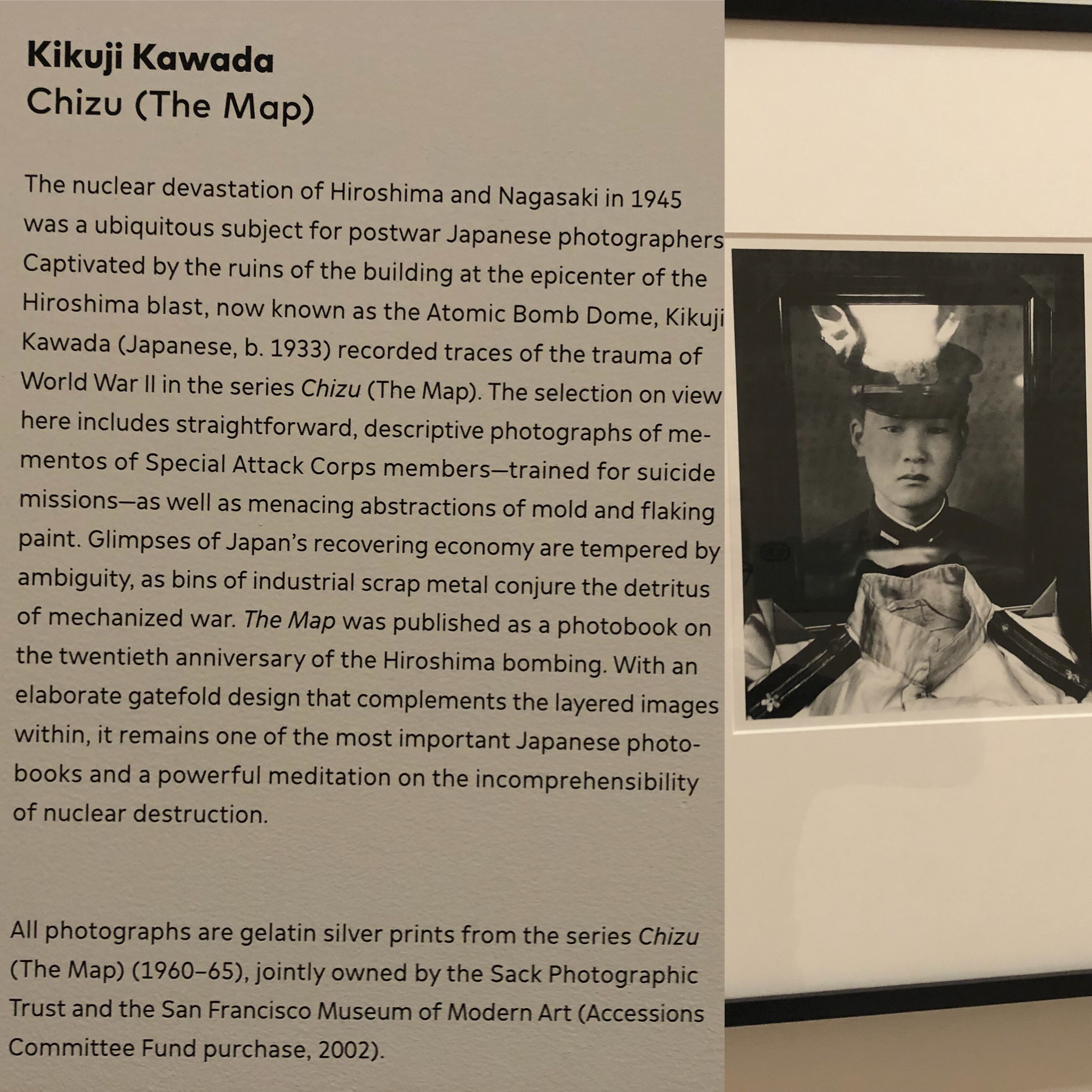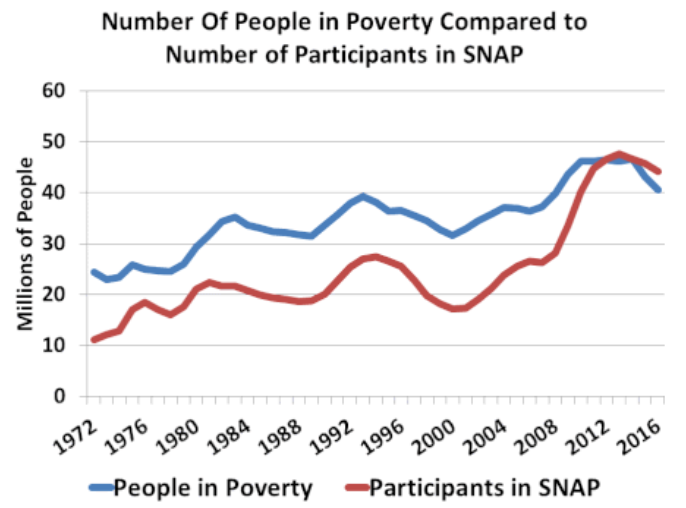Intense. Lyrical with knife-sharp words. The writing staccatos and overlaps to a powerful whole expressing a history and a present of systematic racial injustice in a dramatic form that pushes notions of theatrical form and style.
I’d be fascinated for black critics to see this. A diverse set of black critics. From the US as well as the UK. Say, Cornel West and Ta-Nehisi Coates (if they don’t punch each other on sight). Would they echo the younger/older black activists in the play? ) and Afrua Hirsch and Renni Eddo-Lodge and Chimamanda Ngozi Adichie.
Valid as their critical thought is - I am not so very interested in [the assessments of] Michael Billington (Guardian, “For me, the real strength of tucker green’s play lies in her ability to explore precisely what it means to be subject to systemic oppression.”) or Dominic Cavendish (“beautiful theatrical invention meets crass identity politics”).
I suppose, given that I’m doubting Cavendish has read Coates, West, Hirsch, Eddo-Lodge and Adichie, and I’ve read some (although I’m not a big fan of many aspects of identity politics either), I should offer some comments.
Forgive the unedited note format of the below. I lack the time for the sharp incision so brilliantly notable in the play.
On the dramaturgy, I am reminded of Caryl Churchill. Churchill has work addressing disappeared people and disappeared language. The taunt clipped lines. The heightened speech that weaves between poetry and spoken word. The subject matter embodied in the writing and its structure. In that dramatic heritage, the work echoes with Martin Crimp and Sarah Kane. Perhaps, seeing Churchill (and Crimp and Kane) on this same stage gives power to the echoes. But the black speech rhythms, both black British and black American, seem uniquely green’s - or they remind me of Suzan Lori-Parks or even the recently passed Ntozake Shange. The play sits with the work of Beyonce, Solange and Childish Gambino in the music world - black artists speaking about black experience.
In my mind, I have a line of artistic narrative drawn from the play/choreopoem of Shange’s “colored girls who have considered/when the rainbow is enuf” (intriguingly, also mainly lower case) and splintered though Churchill’s work (often concerned with social injustice although not necessarily race; but created on the edge of dramatic form and style)) and to green’s ear for eye.
The case is virtually all black, drawn from the young to old, and including a deaf actor signing expressively, speaking of racial injustice to a mixed-race audience in a bastion of Chelsea, London - one of the richest places on the planet. To me, this says something. Let’s see our deaf people on stage. Let’s see our black people on stage. The old. The young.
Credit: Stephen Cummiskey. Sign Language acting, note Jamal Ajala right, first deaf black actor on the Royal Court Stage.
On my night, the audience ranged from black teenagers to old white men (I overhear the black teenagers being somewhat bored, and partially perplexed. They seem to know all this - and seeing it reflected on stage is nothing special to them) and from the bored teenager to the stunned parents. This audience mix - is an answer to the Royal Court’s social purpose. Why do these plays have to be on in the here and now? And what audience is the RC speaking to? ...to an audience that reflects the whole of us.
A central motif. The lack of protection for the black body. The lack of place for the hands of a black body. Any place or position for the hands of a black body is antagonistic to “them” - the black person can’t have their head up, they can’t have their head down.
Extract from ear for eye play text, note capital letters, punctutation and form. Words in ( ) are intentions not spoken.
This motif is expressed in Ta-Nahesi Coates’ Between the World and Me (required reading on the Black American experience, along with James Baldwin and Cornel West) where he evokes, powerfully, the threat to the black body and the difficulty parents have in teaching their black children how to simply be.
To me, those parts of the play are a poetic dramatic embodiment of Coates’ letter to his child. The intergenerational conflict between different black activists echoes with the vitriolic fall-out between Cornel West and Coates. I observe it in other aspects of those who should be on the same page (the fighting between far-left and centre-left, for instance, the far left accusing the centre of letting the far right in; the fighting between the non-binary LBGTQ minorities - perhaps that’s where majorities splinter minorities via divide and rule, as through history), whether that’s intergenerational or perhaps ideological.
This fighting extends to the approach activism is taking. Protest but stand at the back of march, look at clashes from afar. Take a selfie and talk about it. The activists argue about their methods “with all due respect” (but an Brit audience knows when we say “with all due respect” we Brits mean “you stupid effing idiot”. The point argued to my mind is that this form of protest is ineffective and powerless. This ignores some of the real world progress made (George Washington kept slaves and equality of opportunity is far greater now), but art is not made to be balanced - and the outrage in the play is palpable.
Ear for eye then has particular real world echoes. It’s not the specific singular narratives that the white academic in Part 2 tries to defend, it’s systemic oppression, and that gun violence in the US is not isolated either, and not explained away by lone wolfs, cults and depressives.
I had a sense of boxers in a ring for Part 2. Personally, I wondered how different it would be with a tightly constrained intensity rather than a slow rotating circle, but I guess it would be equally effective carried by the language - here the tones of academic speech clanging effectively.
Part 3 take us back to the slave codes of the 1800s (Jamaica particularly) into the segregation up to the early-to-mid 1900s in the US. It does not go back further to the historic global slave trades or touch upon the trading in Africa. The situation in 1800s England, itself, is missing. The work is verbatim and pre-filmed and spoken by various caucasian actors/non-actors.
As a link to why we have modern slavery and oppression today, this Part 3 section of the play makes the point. Personally, as a verbatim or found form, I find Charles Reznikoff’s Testimony (link end) to be more profound and Smith’s Notes From the Field (seen on this stage a few weeks ago) to have been more rousingly dramatic. This Part 3 reminded me of an art installation, and the distant time, as well as distant filming and portrayal, contained a quieter message.
Part 3 left me pondering. Who makes the laws? People. Who changes the laws? People, too. The laws have changed. Rules codify society norms. Slave codes were tools of supremacy. To point to them as an originating force is to not looking deeply enough.
“... third of the four-of-them who had
cuffed me
smiled
and
silent laughed
and said for my ears only,
that the four-a-them got more rights than
me and they know ‘em better than the few I got that he knew I didn’t even know.” (from Part 2)
Why I find Reznikoff’s Testimony so powerful is that it takes the found stories and plainly speaks to the abuse of the time - comprehensively and systematically.
I find CD Wright’s One With Others an astonishing exploration of this theme as well. Wright explores an explosive moment in American Civil Rights when black students who were rounded up and detained in an empty public swimming pool in her home state of Arkansas
I find it notable green directed the play. Actors intentions are crystal. Attention to the use of punctuation, overlap and caesura is crisp in a way that occurs only in close reading by a director. That she is the writer as well should add clarity for the actors. The way British Sign Language drops seamlessly into the play, and as deeply expressive in its movement as the stillness from the spoken word actors.
As a work by a black artist speaking to racial injustice ear for eye joins a growing body of important work across art forms. As a play it continues to push boundaries of form and style equal to the dramaturgy of our greatest playwrights. For the Royal Court, it speaks to its social purpose and reaching to an audience that reflects wider life.
As to my misquiet about where we are with identity politics -
“Playwrights don’t give answers, they ask questions” - Caryl Churchill
Other thoughts: the comparison between American Black and British Black is useful to make especially if you are tracing the roots to British slavery. And as mentioned above the threat on the black body is profound. However the contention of guns in the US, and the appalling statistics speak to perhaps a deeper contention (rooted in slavery) the UK seems to me to be intersectional with class.
Part 2 echoes with Mamet’s Oleanna but in Oleanna, I sense Mamet is sympatetic to the academic. But here, green is clearly with the student. green allows limited debate in her work. That’s tiring for audiences and the didactic nature will rub some the wrong way (eg Dominic Cavendish).
Blog on Testimony - one the greatest works of American Poetry.
https://www.thendobetter.com/arts/2017/11/22/testimony-charles-reznikoff
Blogs on black hair, Identity Ta-Nehisi Coates and Afrua Hirsch (Identity, black british) and Renni Eddo-Lodge (race) and Chimamanda Ngozi Adichie.
Solange, hair
https://www.thendobetter.com/blog/2017/10/21/evening-standard-dont-touch-her-hair
https://www.thendobetter.com/blog/2018/9/1/identity
Coates on writing on why he was in trouble at school
https://www.thendobetter.com/blog/2017/8/10/parenting-idea
Coates on Between the World and Me
https://www.thendobetter.com/arts/2017/8/8/blackamerican
Gambino on Black American experience
https://www.thendobetter.com/arts/2018/5/16/this-is-america-black-american-experience
Hirsh, black Hair
https://www.thendobetter.com/blog/2018/2/15/hair-loss-black-hair-experience
Renni Eddo-Lodge
Slavery and Climate Change
Blog on Testimony - one the greatest works of American Poetry.
https://www.thendobetter.com/arts/2017/11/22/testimony-charles-reznikoff
Adichie on raising a feminist child
https://www.thendobetter.com/arts/2018/3/25/how-to-raise-a-feminist-child
(Given I have some disquiet on identity politics, I’ve blogged a lot about various aspects of it. Hmmm)
ear for eye at Royal Court, London, until 24 November.
Hear about the chat with legendary agent, Mel Kenyon.
Some notes from listening to the literary manager of the Royal Court, Chris Campbell.
Be inspired by Artistic Director, Kate Wasserberg’s Dauntless Theatre.

















